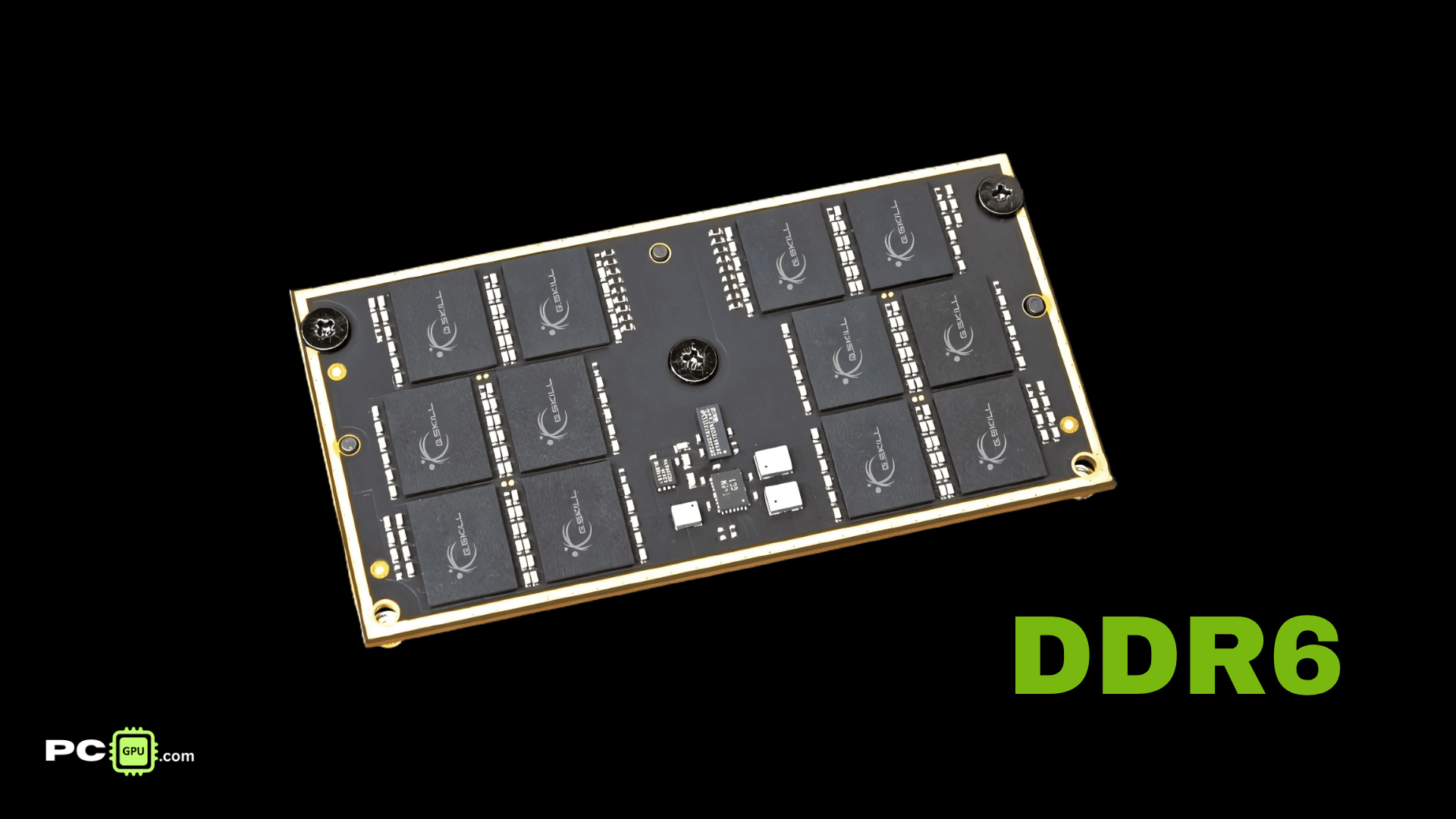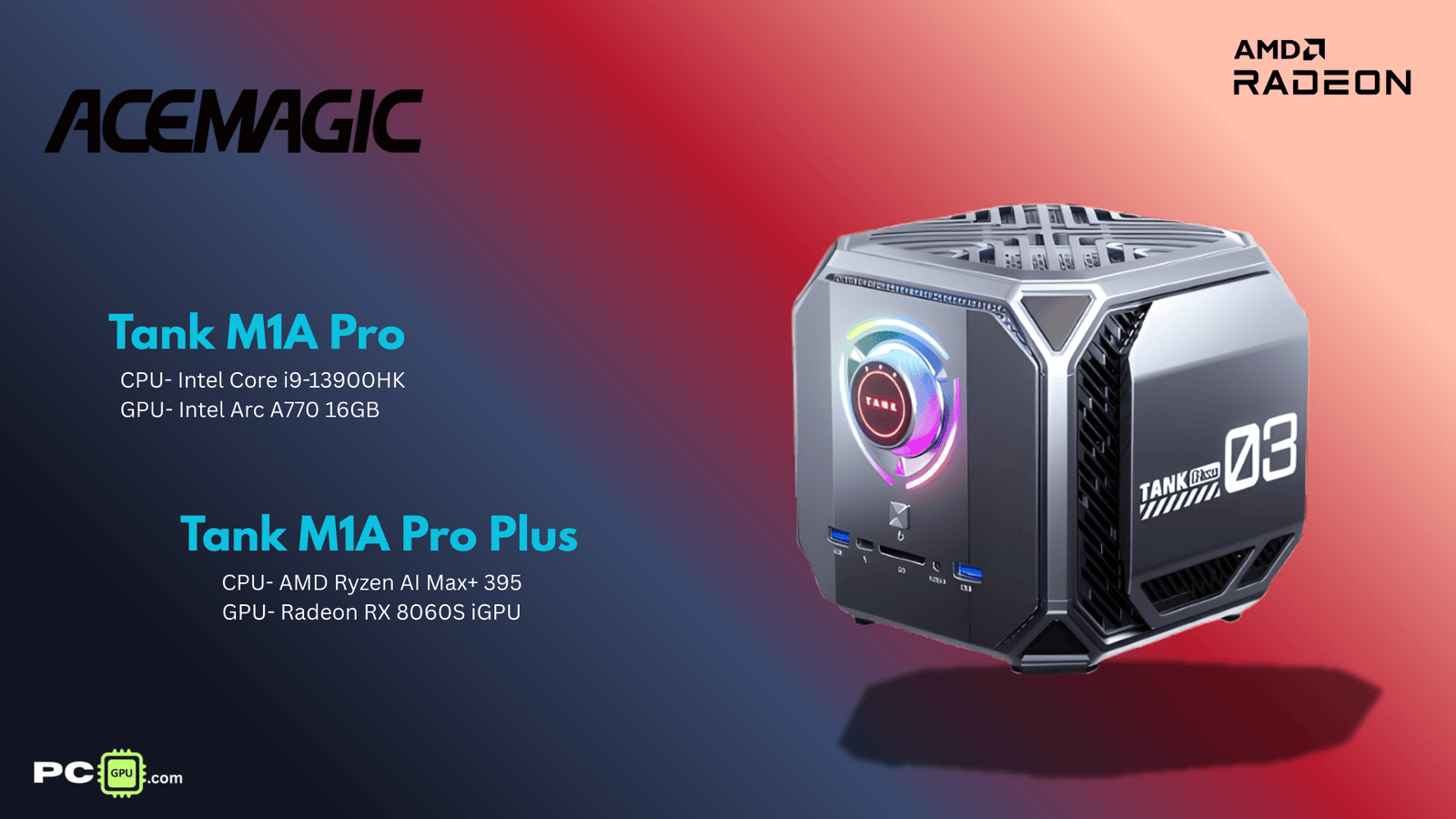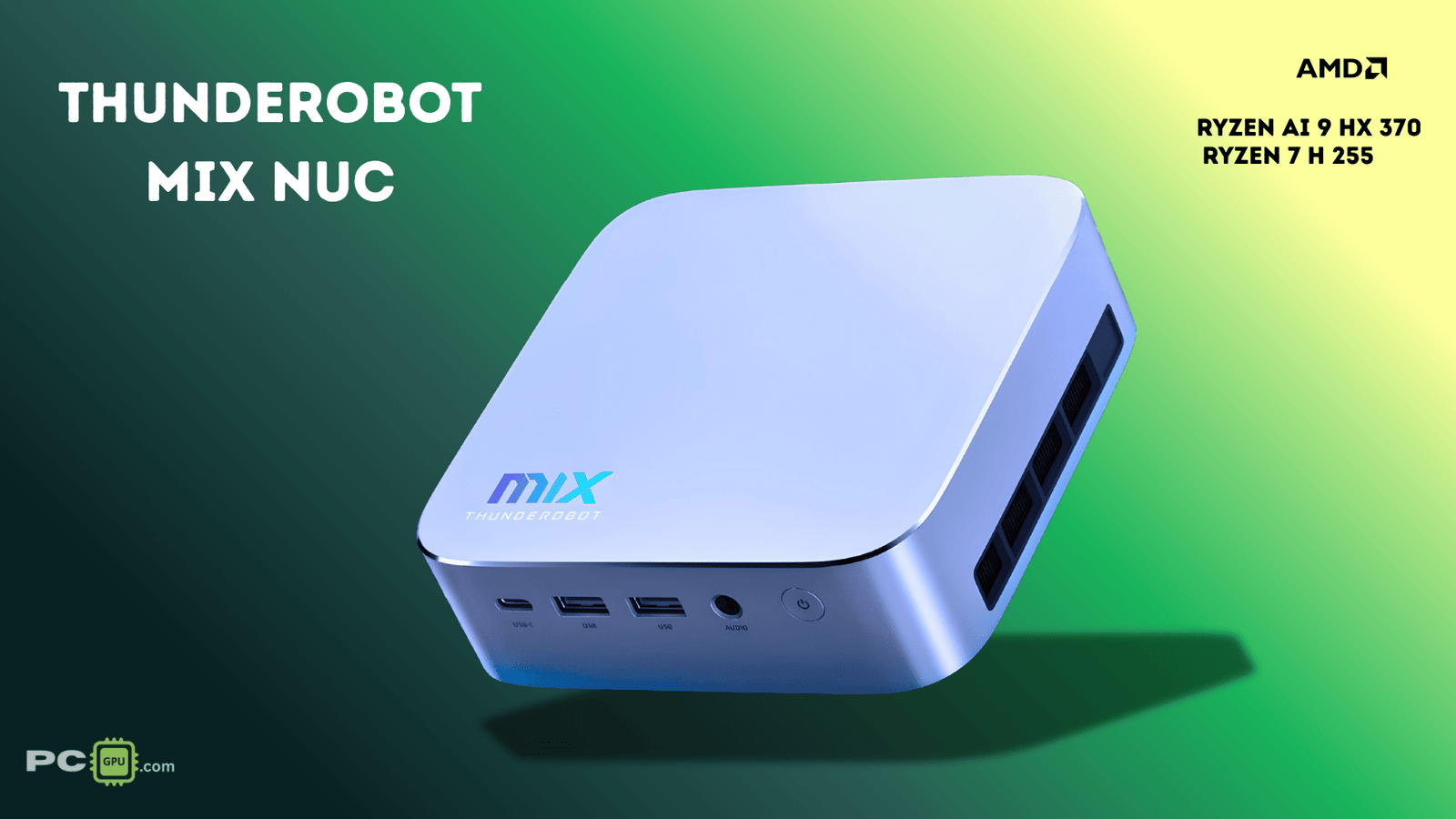What’s real about DDR6 memory:
DDR6 RAM is expected to begin shipping in 2027 at 8,800 MT/s, scaling up to 17,600 MT/s in top-tier modules. It features a new 4-channel architecture and CAMM2 form factor. Platform testing begins in 2026, with server deployment first, followed by mainstream systems by late 2027 and into 2028.
The world of semiconductors has officially accelerated the construction of its next memory generation, and the DDR6 standard is set to knock on our doors very soon. Enthusiasts may not see these modules until 2027, but industry giants like Samsung, Micron, and SK Hynix have already moved beyond the prototyping phase and have begun stringent verification stages. Along with Intel, AMD, and Nvidia, they are targeting an initial throughput of 8,800 megabytes per second, intending to double it to 17,600 megabytes per second, nearly double that of the current DDR5.
This expansion is powered by DDR6’s 4×24-bit sub-channel architecture, which requires entirely new methods to address signal integrity. It is also distinct from the existing 2×32-bit sub-channel framework of DDR5. To overcome the physical constraints faced by DIMM form factors at high speeds, the industry is turning to CAMM2.
Also Read: The NVIDIA N1X PC chip comes with 20 CPU cores and 6144 CUDA cores, according to a leak!
| Generations | JEDEC standard | OC modules | Memory Bandwidth |
| DDR | up to 400 MT/s | up to 533 MT/s | 3.2 GB/s |
| DDR2 | up to 1,066 MT/s | up to 1,333 MT/s | 8.5 GB/s |
| DDR3 | up to 2,133 MT/s | up to 2,666 MT/s | 17.0 GB/s |
| DDR4 | up to 3,200 MT/s | up to 5,333 MT/s | 28.8 GB/s |
| DDR5 | up to 6,400 MT/s | up to 84,000 MT/s | 67.2 GB/s |
| DDR6* | up to 8,800 MT/s | up to 17,600 MT/s | 134.4 GB/s+ |
Note: *) Rumoured DDR6 Memory Speed
The initial indications are that server platforms will come first, and afterwards, high-end notebooks will be released after the production is synchronized. Behind the scenes, roadmaps are being prepared: platform certification in 2026, server installation in 2027, and then general consumer availability. The rollout is being done in a phased manner similar to the DDR5 experience; however, analysts expect that the architectural leap of DDR6 will accelerate adoption in AI and HPC environments.
Naturally, cutting-edge technology does not come cheap: the prices of early DDR6 modules will likely correspond to those of DDR5 when it arrived in 2021, which could limit early adoption to hyperscale data centers and AI research facilities. Nevertheless, considering the bandwidth requirements for HPC and AI, memory manufacturers are preparing to release as soon as possible to meet the vast deployment of computing. By 2027, CAMM2-based modules operating at DDR6 speeds could set new standards for high-performance systems.



